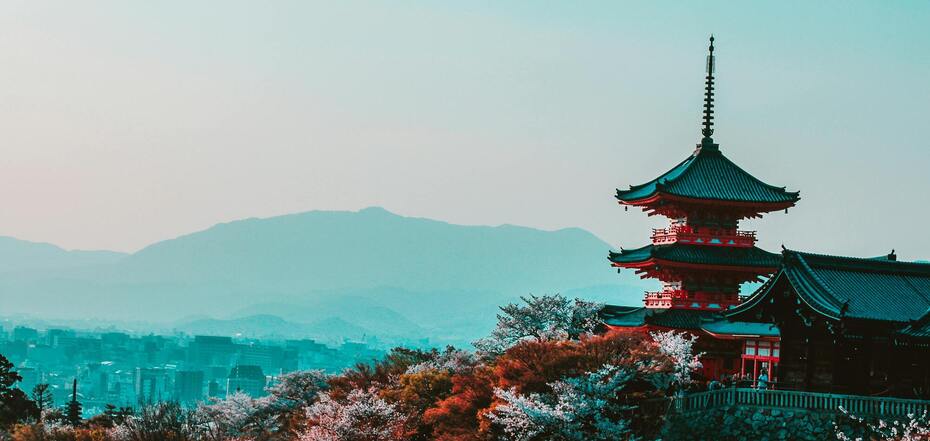News
A previously unknown group of Japanese ancestors discovered in a new study: what is their peculiarity
It has been theorized that modern Japanese are descended from two groups for a long time. These are Jōmon hunter-gatherers, who lived from 16 to 3 thousand years ago (and were probably isolated from the rest of the world during the last glacial maximum), and the later immigrant farmers of Yayoi, who lived in the country from 900 BC to 300 AD.
But a study of 12 ancient Japanese genomes suggested that there is a third group, IFLScience reports. According to scientists, it could have existed between the Yayoi and Kofun periods (imperial period) in 300-710 AD.
"Our analysis shows that Jōmon maintained a tiny population of about 1,000 people for thousands of years. This is a striking difference from the continental figures of the same period (15-20 thousand years ago) when Japan was isolated due to rising sea levels," the scientists write.
"Rice began to be cultivated by tribes from northeast Asia. Unexpectedly, our study showed the presence of a large number of these individuals during the Kofun period. This confirms the theory of the tripartite model of Japanese genomic ancestry," they add.
The team believes this is consistent with archaeological evidence of new large settlements at the time, as well as cultural and political changes.
The authors of the study analyzed the genealogy of 3,200 Japanese and found that most of the representatives of the Jōmon family were in Okinawa (28.5%), followed by the northeast (18.9%), and the western region (13.4%).
The third group of ancestors probably originated from Northeast Asia, which "could potentially be related to ancient populations in Japan and the Korean Peninsula."
"Our results indicate a much closer relationship between Western and ancient Chinese groups around or in the upper reaches of the Yellow River, especially during the Middle and Late Neolithic period," the team of scientists writes in their article.
However, individuals from the northeast showed significantly higher genetic similarity to the Jōmon genome and ancient Japanese from Miyako Island in Okinawa (which had a high proportion of Jōmon genes), as well as ancient Koreans from the Three Kingdoms period (fourth to fifth century AD).
The team suggested the existence of a possible genetic group but emphasized the need for further research.
"Historical records indicate that the Northeast was inhabited by the so-called Emishi people, which literally translates to 'shrimp barbarians.' The origins of the Emishi are somewhat unexplored and remain a subject of debate, but there is speculation that they may be related to Northeastern Europe. In addition, the Emishi people could speak a separate Japanese language similar to the historical Izumo dialect," the researchers explain.
Only verified information is available on OBOZ.UA Telegram channel and Viber. Do not fall for fakes!



























